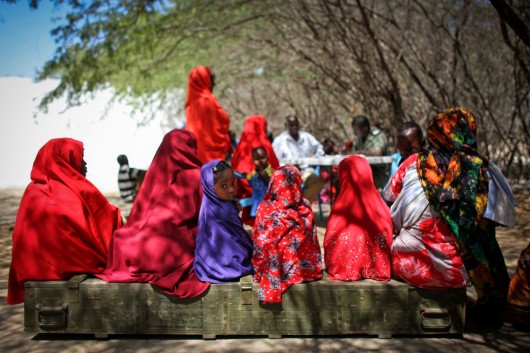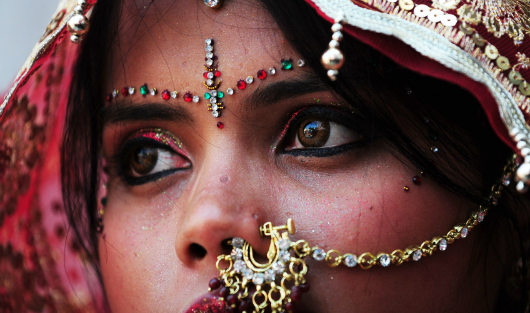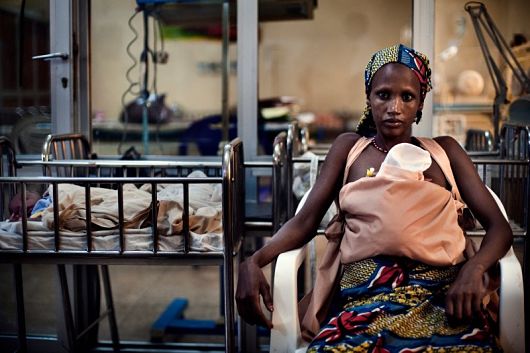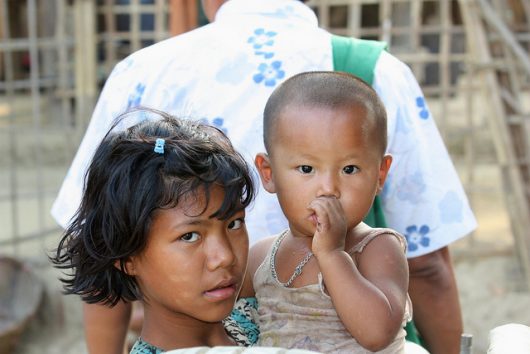
It is entirely possible to end child marriage in the coming decades. Ending child marriage will also lead to more prosperous and responsible communities that are capable of overcoming global challenges, such as poverty.
Adolescence is a critical time that should allow girls opportunities to learn, grow, and decide their futures. However, that will not be the fate of more than 700 million girls who are alive today that were forced into marriage before they were 18.
For these girls, their marriage effectively ended their potential to contribute to their community, interrupted their schooling, and placed them at increased risk of severe domestic violence.
Every day, 37,000 girls under the age of 18 are forced into child marriage worldwide. One in three are in India. There have been many efforts to end child marriage in India, and the country has seen quality achievements. Government programs have been able to reduce child marriage from 47% in 2006 to 27% in 2016. This number is still alarmingly high.
The national and state governments, along with United Nations agencies and civil society organizations, are implementing new initiatives to right the social evils of child marriage and gender inequality. In Bihar, the chief minister himself is steering the launch of a statewide campaign against the deep-rooted harmful practices of child marriage.
In support of Bihar’s upcoming campaign, Gender Alliance — a network of 234 like-minded civil society organizations in the state —launched a high-tech tool to end child marriage in the form of a mobile application called Bandhan Tod, which means “break your shackles.”
Bandhan Tod launched in September 2017 and is available on the Google Playstore. The app has many unique features that will help girls stand up against child marriage. Bandhan Tod is a holistic solution for addressing the interlinked issues that perpetuate child marriage. The app offers free education on child marriage and the laws against it, inspirational messages to boost confidence and information on government programs that provide support and opportunities for gender empowerment.
The app also features an SOS button that instantly notifies the entire network of Gender Alliance members when a girl needs urgent help to stop a child marriage.
In order to evaluate the app’s success, Bandhan Tod’s design includes features to measure outreach, impact and changes in knowledge through automatic mapping of geographical location, age, and gender. This feature does not compromise confidentiality and will ultimately advance the ability of the app to contribute in large part to the programs working to end child marriage.
Bandhan Tod received a little over 1,000 downloads in the first week after its launch. Engagement within the app is also a huge success: “the average time spent on the app from people is generally around 7 minutes per session with an average of 100 sessions daily,” Nadeem Noor, head of United Nations Population Fund in Bihar, told The Borgen Project. “The data from the initial few days indicate that the app can be used successfully to reach end users and spread the required message.”
This app has the potential to be an indispensable tool in the struggle for gender equality and in ending all forms of discrimination against women. As part of a larger initiative, the Gender Alliance will “embark upon taking this app to front line functionaries of government departments who have a primary role in addressing the issue” Noor said.
Additionally, the Gender Alliance is working to connect the SOS function directly to the Women Police set-up in Bihar to increase their capacities on counseling the families and implementing the laws against child marriage.
Bandhan Tod was created with the needs of adolescent girls in mind. Providing young girls with basic awareness on women issues and the effects of child marriage is absolutely imperative.
In addition to offering rational, effective and quick systems that are responsive to citizens in their times of need, the initiative is working to make institutions of governance more responsive and accountable. The strides that Bandhan Tod has made thus far towards the fight to end child marriage is astounding.
– Jamie Enright
Photo: Flickr
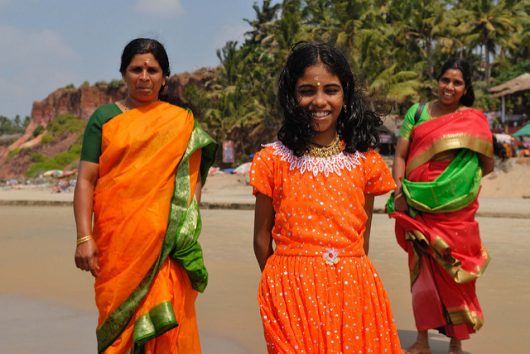
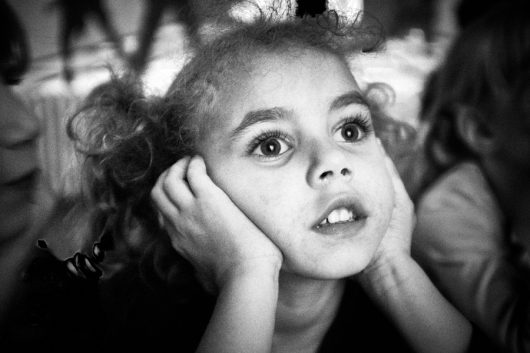 On October 11, the U.N. celebrated its annual
On October 11, the U.N. celebrated its annual 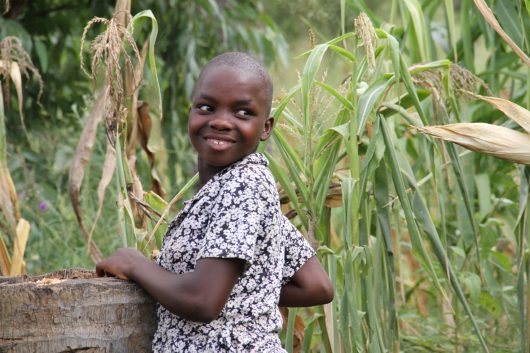
 What do chickens and goats have in common? Well, chickens and goats live on farms, and both can help end child marriage.
What do chickens and goats have in common? Well, chickens and goats live on farms, and both can help end child marriage.